Find Help
More Items From Ergsy search
-
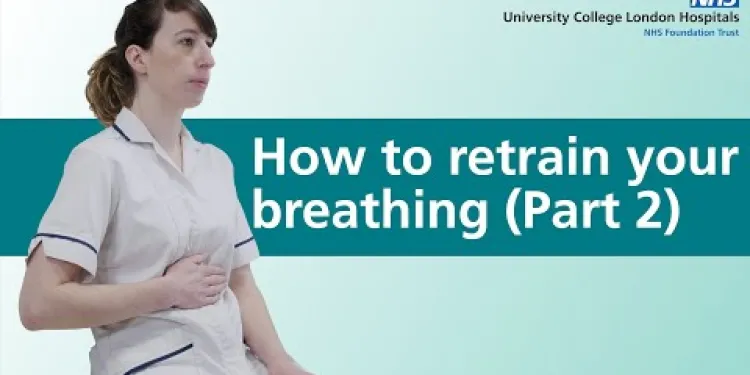
How to retrain your breathing | Part 2 | Asthma, long covid or breathlessness
Relevance: 100%
-

Long COVID - Managing Breathlessness
Relevance: 61%
-
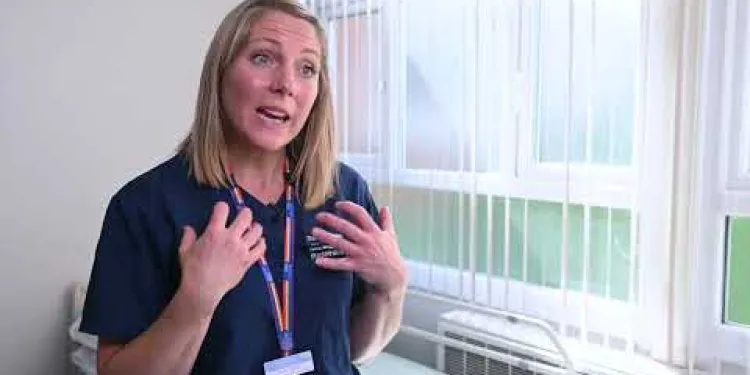
Breathlessness after COVID-19 - helpful techniques
Relevance: 42%
-

Long Covid
Relevance: 37%
-
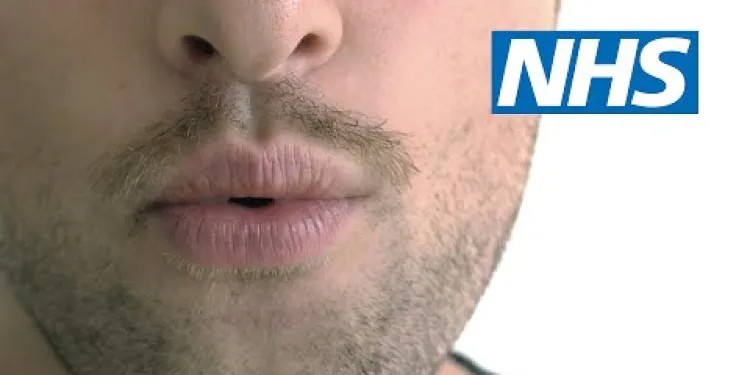
Tips for breathlessness | NHS
Relevance: 36%
-

Positioning for Breathless Patient
Relevance: 34%
-

What are the symptoms of long covid?
Relevance: 34%
-
Can air physiotherapy help with COVID-19 recovery?
Relevance: 27%
-
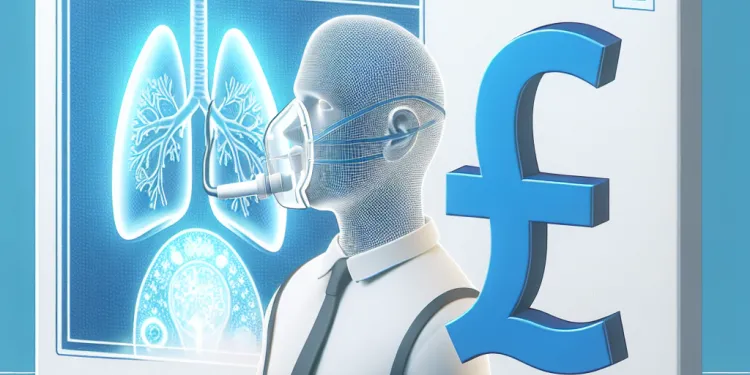
What are the common symptoms of asthma?
Relevance: 26%
-
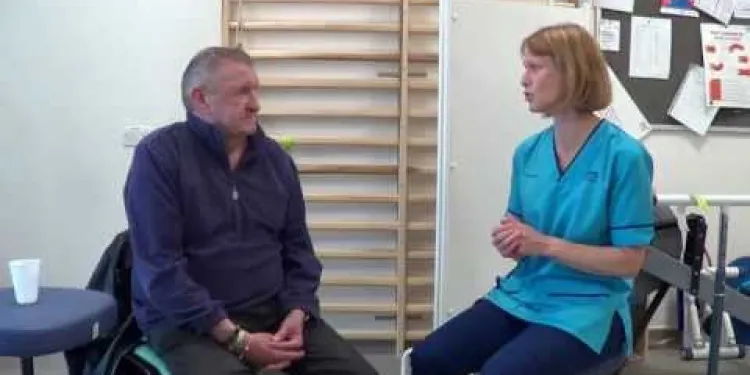
Clearing Your Chest with Breathing Exercises
Relevance: 25%
-
New Research Sheds Light on Long Covid Effects
Relevance: 25%
-

What is Asthma?
Relevance: 25%
-

Is asthma a serious condition?
Relevance: 25%
-

How is asthma diagnosed?
Relevance: 24%
-
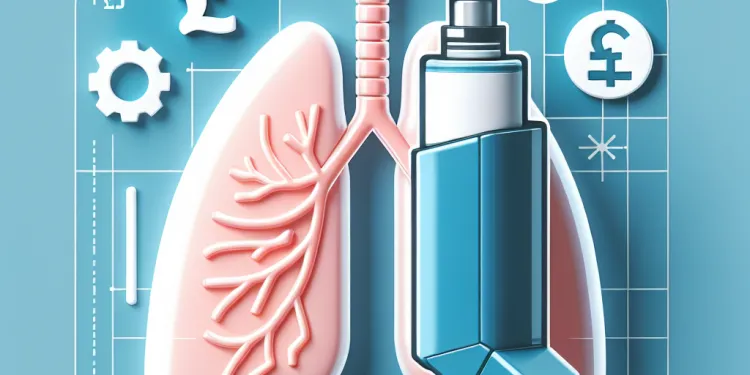
Can asthma be fatal?
Relevance: 24%
-

How is asthma treated?
Relevance: 24%
-
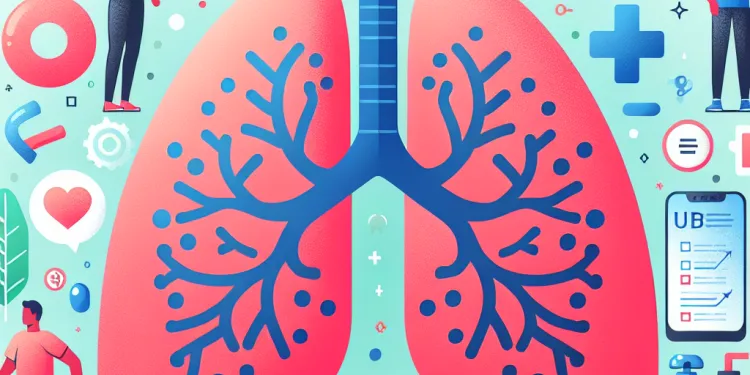
Are there different types of asthma?
Relevance: 23%
-

Can exercise trigger asthma symptoms?
Relevance: 23%
-
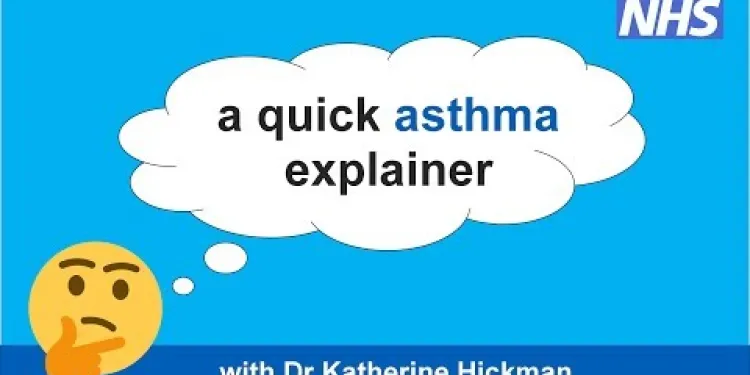
An Asthma Explainer with Dr Katherine Hickman
Relevance: 23%
-
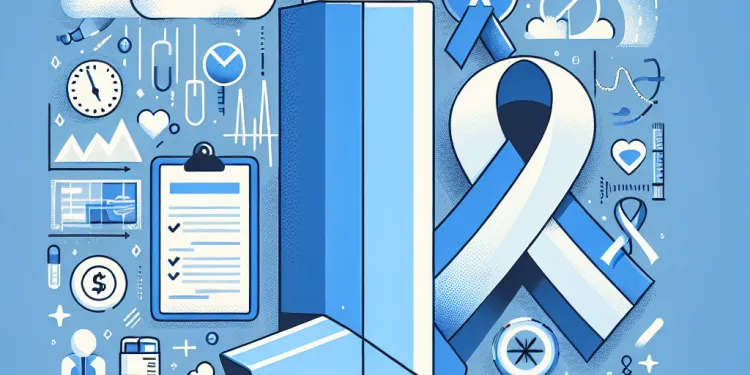
What triggers asthma attacks?
Relevance: 23%
-

Can asthma be cured?
Relevance: 23%
-

Can stress cause asthma symptoms?
Relevance: 23%
-

How often should someone with asthma see a doctor?
Relevance: 22%
-

What causes asthma?
Relevance: 22%
-

Are inhalers the only treatment for asthma?
Relevance: 22%
-
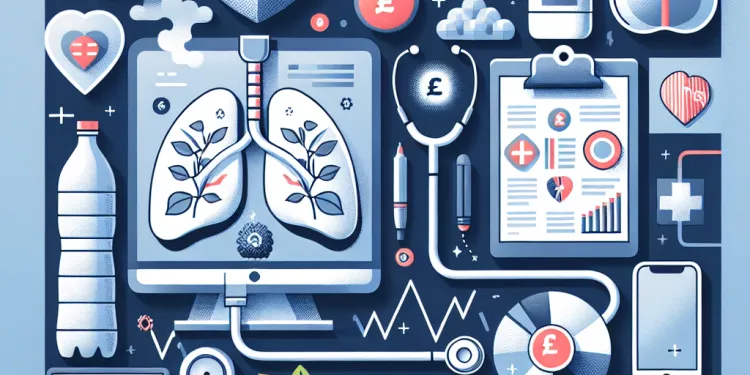
Can diet affect asthma?
Relevance: 21%
-

How does air pollution affect asthma?
Relevance: 21%
-

Can children outgrow asthma?
Relevance: 21%
-

Is there a link between hay fever and asthma?
Relevance: 21%
-

How can asthma attacks be prevented?
Relevance: 21%
-

Rise in Childhood Asthma Linked to Air Pollution in Urban Areas
Relevance: 21%
-
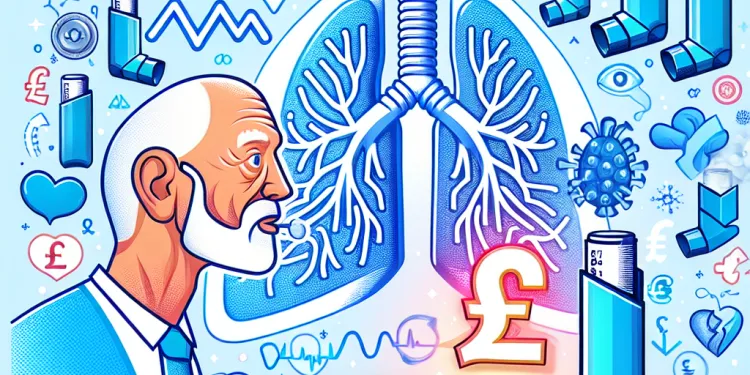
Is asthma more common in certain age groups?
Relevance: 20%
-
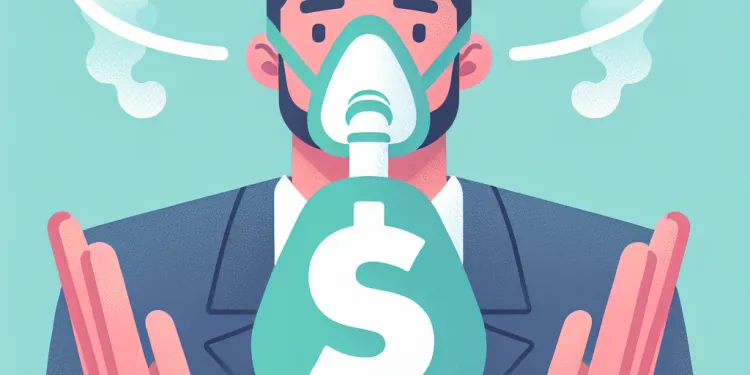
What is an asthma action plan?
Relevance: 20%
-

Can dust mites cause asthma and eczema?
Relevance: 19%
-
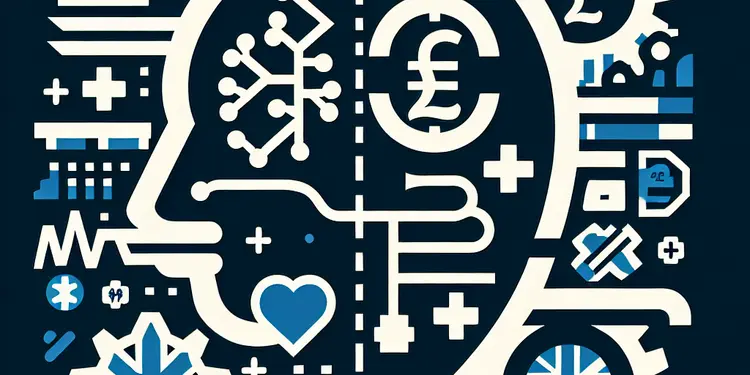
How is breathing affected by motor neurone disease?
Relevance: 18%
-
New Covid Variant Strains
Relevance: 17%
-

Are children more affected by new variants of COVID?
Relevance: 17%
-
What is a COVID-19 variant?
Relevance: 17%
-

What sources should I consult for information on Covid-19?
Relevance: 17%
-
How are COVID-19 variants detected?
Relevance: 17%
How to Retrain Your Breathing | Part 2 | Asthma, Long COVID or Breathlessness
Understanding Breathing Retraining
Retraining your breathing is essential for managing symptoms of asthma, long COVID, and general breathlessness. The process involves adopting new techniques that promote efficient breathing patterns, thus improving oxygen delivery and respiratory health. In the UK, NHS guidelines and support from healthcare professionals can provide invaluable guidance.Breathing Techniques for Asthma
For asthma sufferers, breathing retraining can help control symptoms and reduce reliance on medication. The Buteyko Method, for example, focuses on breathing through the nose and reducing hyperventilation, helping to keep the airways open. Practicing diaphragmatic breathing—where you breathe deeply from the diaphragm rather than the chest—can also enhance lung function and ease asthma symptoms.Adjusting for Long COVID
Many long COVID patients experience chronic breathlessness and fatigue. Breathing retraining can play a crucial role in their recovery. Techniques like paced breathing—where you coordinate your breathing with steps or other activities—can help manage breathlessness. Incorporating regular, gentle exercises such as yoga or tai chi can also strengthen respiratory muscles and improve overall breathing efficiency.General Tips for Breathlessness
If you experience general breathlessness, irrespective of the underlying cause, the following tips could be beneficial:- Positioning: Sitting upright or leaning slightly forward can ease breathing.
- Pursed-Lip Breathing: Inhale through your nose and exhale slowly through pursed lips. This helps to control your breathing rate and relieve shortness of breath.
- Relaxation Techniques: Activities like meditation and mindfulness can reduce anxiety, which often exacerbates breathlessness.
- Staying Active: Gentle physical activities, as recommended by your healthcare provider, can enhance lung capacity and general fitness.
Seek Professional Guidance
It's important to consult with healthcare professionals, such as your GP or a respiratory therapist, before starting any new breathing exercises. They can provide personalised advice and training suitable for your specific condition and needs. Additionally, organisations like Asthma UK and Long COVID clinics offer resources and support to help you manage symptoms effectively.Conclusion
Breathing retraining can significantly improve the quality of life for those suffering from asthma, long COVID, or general breathlessness. By learning and practicing the right techniques, and seeking professional support, you can enhance your breathing efficiency and overall respiratory health. More information and support options are available through the NHS and relevant health organisations in the UK.How to Retrain Your Breathing | Part 2 | Asthma, Long COVID or Breathlessness
Understanding Breathing Retraining
Learning how to breathe better can help if you have asthma, long COVID, or if you feel out of breath a lot. Breathing better can help your lungs work well. Doctors and healthcare helpers in the UK can show you how to do this.Breathing Techniques for Asthma
If you have asthma, learning to breathe better can help you feel better and use less medicine. One way is the Buteyko Method. This means breathing through your nose and not breathing too fast. This helps keep your airways clear. Try breathing deep from your belly instead of your chest to help your lungs work better.Adjusting for Long COVID
People with long COVID often feel very tired and short of breath. Learning to breathe better can help. You can try paced breathing, which is breathing slowly and matching it with steps or actions. Doing gentle exercises like yoga or tai chi can also help make your breathing muscles stronger.General Tips for Breathlessness
If you often feel out of breath, try these tips:- Positioning: Sit up straight or lean forward a bit to make breathing easier.
- Pursed-Lip Breathing: Breathe in through your nose and breathe out slowly through your lips. This helps you control your breathing.
- Relaxation Techniques: Doing calm activities like meditation can help you feel less anxious, which helps you breathe better.
- Staying Active: Doing easy activities as suggested by your doctor can help your lungs and fitness.
Seek Professional Guidance
Talk to a doctor or a breathing specialist before trying new breathing exercises. They can give you personal advice. Groups like Asthma UK and Long COVID clinics can help with more tips and support.Conclusion
Learning to breathe better can really help people with asthma, long COVID, or who feel breathless. By using the right techniques and getting help from experts, you can breathe easier and feel better overall. You can find more help from the NHS and other health organisations in the UK.Frequently Asked Questions
What is the purpose of retraining breathing?
Retraining your breathing can help alleviate symptoms of asthma, long covid, and general breathlessness by improving lung function and enhancing overall respiratory health.
How does asthma affect breathing?
Asthma causes the airways to become inflamed and narrowed, making it difficult to breathe and often leading to wheezing, shortness of breath, and chest tightness.
What impact does long covid have on breathing?
Long covid can cause persistent breathlessness and reduced lung function, even after the initial infection has cleared, impacting daily activities and overall quality of life.
Can breathing exercises help with asthma symptoms?
Yes, specific breathing exercises can help reduce asthma symptoms by improving airway function and promoting relaxation, which decreases the likelihood of asthma attacks.
What are some common techniques used in retraining breathing?
Common techniques include diaphragmatic breathing, pursed-lip breathing, and controlled breathing exercises designed to improve lung capacity and efficiency.
How does diaphragmatic breathing work?
Diaphragmatic breathing, or belly breathing, involves deep breaths that engage the diaphragm. This technique promotes full oxygen exchange and helps reduce strain on the shoulder and neck muscles.
What is the role of pursed-lip breathing in managing breathlessness?
Pursed-lip breathing helps keep the airways open for longer periods, which allows more air to flow in and out of the lungs, thereby reducing breathlessness.
How often should breathing exercises be performed?
Breathing exercises should be practiced regularly, ideally daily, for at least 10-15 minutes to see significant improvements in breathing and lung function.
Is it necessary to consult a healthcare professional before starting breathing exercises?
Yes, it is always advisable to consult with a healthcare professional or a respiratory therapist before starting any new breathing exercise regime to ensure it is safe and appropriate for your condition.
Can lifestyle changes complement breathing retraining for breathlessness?
Absolutely, lifestyle changes such as reducing environmental allergens, maintaining a healthy weight, and quitting smoking can significantly complement breathing retraining efforts.
Are there specific breathing exercises designed for long covid recovery?
Yes, there are tailored breathing exercises aimed at helping individuals recover lung function and manage breathlessness associated with long covid. These exercises should be performed under professional guidance.
How does stress affect breathing patterns?
Stress can lead to shallow and rapid breathing, also known as hyperventilation, which can exacerbate breathlessness and asthma symptoms. Relaxation techniques and controlled breathing can help manage stress-related breathing issues.
Can yoga and meditation assist in retraining breathing?
Yes, yoga and meditation techniques often incorporate deep, controlled breathing exercises that can improve respiratory function and aid in the management of conditions like asthma and long covid.
Are there any risks associated with breathing exercises?
While generally safe, improper technique or overexertion can lead to dizziness or discomfort. It is important to follow professional guidance and start slowly, increasing intensity gradually.
Can improved breathing techniques help with physical activity?
Enhanced breathing techniques can improve overall stamina and make physical activities easier by optimizing oxygen intake and reducing feelings of breathlessness.
Why do we learn to breathe again?
Learning how to breathe the right way can help us feel better. It can make us calm, give us more energy, and help us when we feel worried or upset. Breathing exercises can also help people who have trouble with their breathing, like asthma.
Here are some ways to practice good breathing:
- Take slow, deep breaths.
- Breathe in through your nose and out through your mouth.
- Try counting to 4 when you breathe in, and then count to 4 when you breathe out.
- You can use a breathing app or watch a video to help you practice.
Practicing this every day can help you feel healthier and happier.
Learning to breathe better can help with asthma, long covid, and feeling out of breath. It makes your lungs work better and helps you breathe easier.
How does asthma affect breathing?
Asthma can make it hard to breathe. Sometimes, your chest feels tight, and it is hard to take a big breath.
If you have asthma, you might cough a lot or make a wheezing sound when you breathe.
To help with asthma, you can use inhalers. Inhalers are special sprays that make breathing easier.
If you have trouble reading this, ask someone to help explain the words or read it with you.
Asthma makes the small tubes in your lungs swollen and tight. This makes it hard to breathe. You might hear a whistling sound when you breathe, feel out of breath, or feel like something is pressing on your chest.
How does long COVID affect breathing?
Long COVID can make it hard to breathe. Some people feel breathless, or like they can't get enough air. This can happen even after they got better from COVID-19. It is important to talk to a doctor if you have trouble breathing.
It might help to:
- Rest and take breaks when you need to.
- Ask a doctor for breathing exercises.
- Use an inhaler if the doctor says it’s okay.
Always ask a grown-up or a doctor if you are worried about your breathing.
Even after someone gets better from COVID-19, they might still feel out of breath and their lungs may not work as well as before. This can make everyday activities hard and affect how they feel day-to-day.
Can breathing exercises help if you have asthma?
Yes, special breathing exercises can help with asthma. They make breathing easier and help you feel calm. This means you might have fewer asthma attacks.
What are some easy ways to learn new ways to breathe?
Here are some simple ways to practice breathing:
- Take slow, deep breaths through your nose.
- Breathe out gently through your mouth.
- Try to relax your shoulders and body.
- Count to four while breathing in and out.
- Use a breathing app or video to help you.
These tips can help you feel calm and relaxed.
Here are some ways to help you breathe better:
- Breathe using your tummy. This is called belly breathing.
- Breathe out through tight lips, like you're blowing out a candle. This is called pursed-lip breathing.
- Try breathing exercises to help your lungs work better.
How does belly breathing work?
Belly breathing means taking big breaths with your belly. It helps you feel calm and relaxes your body.
When you belly breathe, your belly gets big like a balloon when you breathe in, and it gets small when you breathe out.
Belly breathing can make you feel better if you are worried or upset. It is a great way to help you feel good.
To start, you can try to breathe in slowly through your nose, hold for a moment, then breathe out through your mouth.
You can use apps or videos that show how to belly breathe. You can also ask a grown-up to help you practice.
Diaphragmatic breathing, also called belly breathing, means taking big breaths that use your belly. This way of breathing helps you get more air in and out of your body. It also helps relax your shoulder and neck muscles so they don't feel tight.
How does pursed-lip breathing help when feeling short of breath?
Pursed-lip breathing is a way to help you breathe easier when you feel short of breath. It is a simple technique that can help you feel better.
Here is how you can do it:
- Breathe in gently through your nose.
- Then, breathe out slowly through your mouth while keeping your lips like you are going to whistle or blow out a candle.
Try to make your breathing slow and steady. This can help you relax and catch your breath.
If you have trouble with this, you can ask someone like a doctor or nurse to show you how to do it. They can help you practice until you feel more comfortable.
Pursed-lip breathing is a way to help you breathe better. It keeps your lungs open longer, so more air can go in and out. This helps you not feel out of breath.
If you're interested, you can try using apps or voice guides that show you how to do pursed-lip breathing. You can also use a timer to practice for a few minutes each day.
How often should you do breathing exercises?
Try to do breathing exercises every day. Spend about 10-15 minutes each day. This will help you breathe better and make your lungs stronger.
Do I need to ask a doctor before doing breathing exercises?
It is a good idea to talk to a doctor or a breathing expert before you start new breathing exercises. This makes sure the exercises are safe for you.
Can changing how we live help with breath training for when it's hard to breathe?
Sometimes, people find it hard to breathe. This can be called breathlessness.
One way to help is to learn how to breathe better. This is called breath training.
We can also change some things in our daily life to help with breathing.
Here are some ideas that might help:
- Eat healthy food. Fruits and vegetables are good for you.
- Try to move your body every day, like walking or playing.
- Sleep well at night to help your body feel better.
- If you smoke, try to stop. Smoking makes breathing harder.
Ask a grown-up, like a doctor or nurse, to help you with breathing exercises.
Yes, making changes in how you live can really help with breathing exercises. Things you can do include:
- Keeping away from things that make you sneeze or your eyes water, like dust or pets
- Staying at a healthy weight
- Stopping smoking
These steps can make breathing exercises work better.
It's also helpful to use things like reminder notes or apps to keep track of your progress.
Are there breathing exercises to help recover from long covid?
Yes, there are exercises to help you breathe better if you have long covid.
Try these tips:
- Breathe in slowly through your nose.
- Breathe out gently through your mouth.
- Do this a few times each day.
Ask an adult or a doctor for more help.
Yes, there are special breathing exercises that can help people get better from long COVID. They help with breathing and make your lungs stronger. It’s important to do these exercises with help from a doctor or therapist.
How does stress change the way we breathe?
When we feel worried or scared, it can change how we breathe. Our breathing might get faster or slower. Sometimes, it might feel hard to take a deep breath. Taking slow, deep breaths can help calm us down. If you feel stressed, try breathing in slowly through your nose and out through your mouth. This can help you feel better.
When you are stressed, you might breathe fast and shallow. This is called hyperventilation. It can make you feel like you can't breathe well and might make asthma worse.
To feel better, you can try relaxing and breathing slowly. This can help when stress makes it hard to breathe.
Can yoga and meditation help you breathe better?
Yoga and meditation can help you learn to breathe in a calm way. When you do yoga, you practice slow movements and focus on how you breathe. Meditation helps you to sit quietly and notice your breathing. Both can help make your breathing slow and steady.
Here are some simple tips:
- Try to do yoga or meditation for a few minutes each day.
- Use breathing exercises, like taking deep breaths in and out.
- Listen to calm music that helps you relax.
- Ask a friend or family member to join you so you can do it together.
Yes, yoga and meditation use special breathing exercises. These exercises help you breathe better. They can be good for people with asthma or long covid.
Is it safe to do breathing exercises?
Exercise is usually safe. But, if you do it wrong or do too much, you might feel dizzy or uncomfortable. It is important to listen to a coach or expert. Start slowly and make it a little harder over time.
Can better breathing help with exercise?
Learning how to breathe better can help you have more energy and make moving around easier. When you breathe like this, your body gets more oxygen, and you won't feel out of breath so quickly.
If it helps, you can try tools like breathing apps to practice. They help you learn how to breathe deep and slow, which is good for the body.
Useful Links
- Ergsy carfully checks the information in the videos we provide here.
- Videos shown by Youtube after a video has completed, have NOT been reviewed by ERGSY.
- To view, click the arrow in centre of video.
- Most of the videos you find here will have subtitles and/or closed captions available.
- You may need to turn these on, and choose your preferred language.
- Go to the video you'd like to watch.
- If closed captions (CC) are available, settings will be visible on the bottom right of the video player.
- To turn on Captions, click settings .
- To turn off Captions, click settings again.
More Items From Ergsy search
-

How to retrain your breathing | Part 2 | Asthma, long covid or breathlessness
Relevance: 100%
-

Long COVID - Managing Breathlessness
Relevance: 61%
-

Breathlessness after COVID-19 - helpful techniques
Relevance: 42%
-

Long Covid
Relevance: 37%
-

Tips for breathlessness | NHS
Relevance: 36%
-

Positioning for Breathless Patient
Relevance: 34%
-

What are the symptoms of long covid?
Relevance: 34%
-
Can air physiotherapy help with COVID-19 recovery?
Relevance: 27%
-

What are the common symptoms of asthma?
Relevance: 26%
-

Clearing Your Chest with Breathing Exercises
Relevance: 25%
-
New Research Sheds Light on Long Covid Effects
Relevance: 25%
-

What is Asthma?
Relevance: 25%
-

Is asthma a serious condition?
Relevance: 25%
-

How is asthma diagnosed?
Relevance: 24%
-

Can asthma be fatal?
Relevance: 24%
-

How is asthma treated?
Relevance: 24%
-

Are there different types of asthma?
Relevance: 23%
-

Can exercise trigger asthma symptoms?
Relevance: 23%
-

An Asthma Explainer with Dr Katherine Hickman
Relevance: 23%
-

What triggers asthma attacks?
Relevance: 23%
-

Can asthma be cured?
Relevance: 23%
-

Can stress cause asthma symptoms?
Relevance: 23%
-

How often should someone with asthma see a doctor?
Relevance: 22%
-

What causes asthma?
Relevance: 22%
-

Are inhalers the only treatment for asthma?
Relevance: 22%
-

Can diet affect asthma?
Relevance: 21%
-

How does air pollution affect asthma?
Relevance: 21%
-

Can children outgrow asthma?
Relevance: 21%
-

Is there a link between hay fever and asthma?
Relevance: 21%
-

How can asthma attacks be prevented?
Relevance: 21%
-

Rise in Childhood Asthma Linked to Air Pollution in Urban Areas
Relevance: 21%
-

Is asthma more common in certain age groups?
Relevance: 20%
-

What is an asthma action plan?
Relevance: 20%
-

Can dust mites cause asthma and eczema?
Relevance: 19%
-

How is breathing affected by motor neurone disease?
Relevance: 18%
-
New Covid Variant Strains
Relevance: 17%
-

Are children more affected by new variants of COVID?
Relevance: 17%
-
What is a COVID-19 variant?
Relevance: 17%
-

What sources should I consult for information on Covid-19?
Relevance: 17%
-
How are COVID-19 variants detected?
Relevance: 17%


